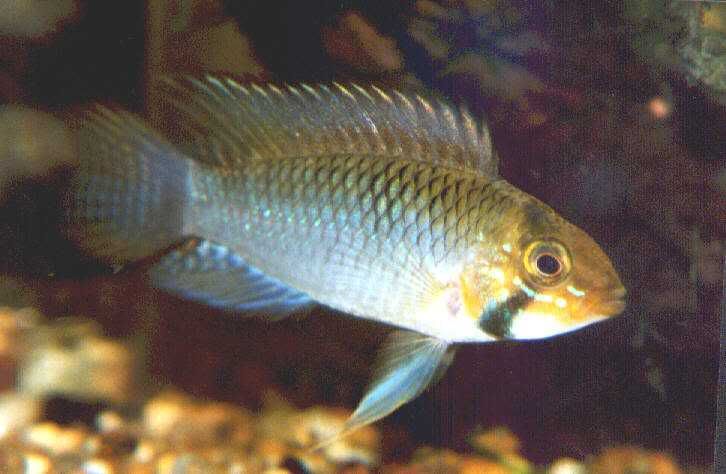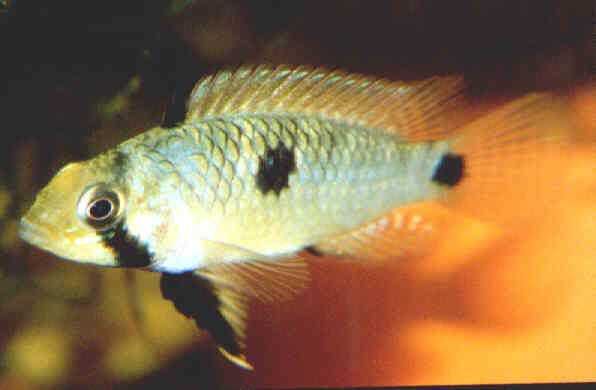- Messages
- 264
- Location
- Staffordshire, UK
Hi folks,
Any one want to guess what these are??
Received from Brazil on Tuesday this week, initial thoughts are thatthey are probably a member of the steindachneri group, they're a good size with a couple hitting about 5 to 6cm SL:




They were marked as Apistogramma mandense on the list (and weren't what we expected/hoped for when they arrived!!)
Andrew
Any one want to guess what these are??
Received from Brazil on Tuesday this week, initial thoughts are thatthey are probably a member of the steindachneri group, they're a good size with a couple hitting about 5 to 6cm SL:




They were marked as Apistogramma mandense on the list (and weren't what we expected/hoped for when they arrived!!)
Andrew



